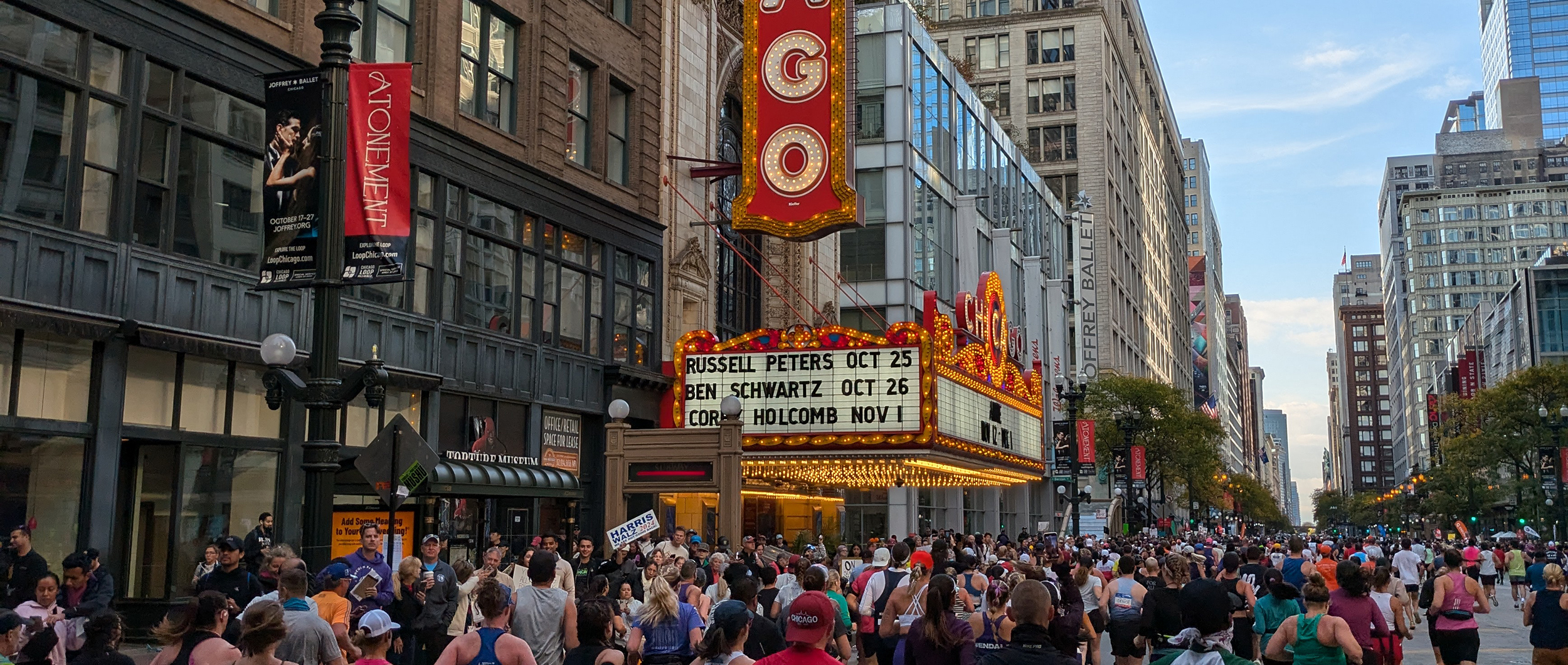News
NEW BIKE FITTING LOCATION!

The theme of focusing on tips for specific sports continues! This week, I’ll be sharing some tips regarding riding your bike.
When I talked about the IRONMAN distance of triathlon, I shared some handling skills that I thought were useful. While that article specifically talked about a lot of elements that help to make athletes successful in the bike leg of an IRONMAN triathlon, today I want to dedicate an entire post to handling skills.
Yes, bike handling skills are THAT important that they’re going to get their own post. Why? In my experience, athletes don’t often actually handle their bikes. Their bikes handle them.
Raise your hand if you have spent any time at all in the last four weeks practicing a specific skill on the bike. Riding your bike doesn’t count; I’m talking about dedicating specific time in training to working only on technical or handling skills.
I can tell you without fear of contradiction that a majority of you reading this cannot answer yes to that question. And not just a majority of you; a significant majority of you. For example: Out of all of the athletes I currently coach on Performance Coaching, only two - yes TWO - regularly send me post-workout notes that tell me that they worked on a specific bike skill. The rest of the athletes I coach just hop on their bikes and go for a ride.
I get it. Skills aren’t sexy. They do not look impressive to most people on Strava or other social media platforms. They feel time-intensive. It feels like they’re not doing anything that actually progresses you toward your goal (maybe because they cannot be tracked or measured in a way that resonates with a lot of people). If you need to ride X number of miles in your event, then the most important thing to do in training is to build toward being able to cover that distance, right?
I’m here this week to counter that line of thinking. A rider’s ability to handle their bike well is the single greatest thing that will build confidence on the bike. Being confident on the bike not only makes the rider safer; it enables one to travel at higher velocities with less fear (read: go faster).
If you think that you have good bike handling skills but you do not regularly practice handling skills, you are telling yourself a story that is false. Maybe that sounds harsh and you’re feeling defensive as you read this, but it’s the truth. While the phrase “It’s just like riding a bike” does exist for a reason, higher-level handling skills are not something that we retain without consistent, frequent practice. Without that practice, we are below-average (or perhaps even terrible) bike handlers. Plain and simple.
Now, plenty of people who have below average bike handling skills do successfully ride bikes. They complete races and even set personal best times. However, those riders are also the ones who are most likely to crash their bike if even a little something goes awry (such as taking a corner incorrectly, another rider coming too close to them, or hitting something in the road that they don’t expect).
When I refer to handling skills, I’m talking about more than the mere ability to remain upright on a bicycle while it is moving forward in ideal conditions. I’m talking about the ability to handle adverse and extreme scenarios with confidence and with a lower probability of crashing. I’ll share a personal example:
Last year, I was on a group ride with a bunch of my really good friends. One of them (who shall remain nameless but knows who they are) rode into a bollard as we entered a mixed-use trail. They crashed, and I was right behind them traveling at 18 mph. Watching the scenario play out, in the space of mere milliseconds, I was able to quickly calculate that I had three viable options:
In those mere milliseconds, I made the choice to execute Option #2 and to ride over my friend. While this carried some risk to my friend, it was actually ultimately the safest option; it yielded the lowest probability of me crashing and making this accident a bigger deal. So, I rode over my friend’s legs, ultimately came to a safe stop beyond them, and then ditched my bike to go back to help them. (My friend was okay and actually didn’t even realize I had ridden over them.)
If I had not been consistently practicing my handling skills, I would have also crashed that day, and likely suffered some significant injuries. I had to do the following things that day:
While my example is a bit extreme (I mean, really…I never expected to be the person who rides over their friends), the principle is sound. My experience and handling skills enabled us to have the most positive outcome we could that day.
Whether it’s a stick, rock, log, reflector, rumble strip, water over the road, bike bottle, road kill, etc. in your path, your ability to remain upright on your bike is of paramount importance. And you can only successfully do this if you have proficient handling skills. Not “okay” and not “decent”. Good handling skills.
Hopefully I’ve been able to demonstrate why handling skills are not just nice to talk about, but to actually do. How do you incorporate handling skills practice into your training?
The simplest way is to attach it to your regularly scheduled cycling workouts. I recommend dedicating time prior to the workout to work on skills; this gives you the best chance of actually doing it. (Saying you’ll do it after your ride is like saying you’ll keep running beyond the finish line of a marathon to hit 27 miles…are you really going to do it? I think not. :) ) In addition to that or alternatively, you can set aside some time during the workout itself to practice some skills, but I find that a focused period of 5-10 minutes before each cycling workout is the best place to start.
It should go without saying that you need to be wearing a helmet every time you get on a bike no matter how far you’re traveling or what kind of bike you’re riding, but in case you weren’t sure: You should ALWAYS wear a helmet, and most definitely when practicing skills like these.
Great places to practice skills include:
When you do decide to practice your handling skills, I would recommend incorporating the following skills:
My challenge to each of you reading this is the following: In the next two weeks, commit to spending at least 5-10 minutes on two separate days where you practice at least two of the above mentioned skills. If you really want to “take it up a notch”, commit to dedicating the first 5-10 of each and every one of your cycling workouts to skills practice. Remember: frequency and consistency are at the foundation of ALL good things in endurance sports. Learn to handle your bike; don’t you let it handle you!



































































































Have a question or ready to get your TRAINING started?
Fill out our Contact Form to the right and we will get back to you shortly!